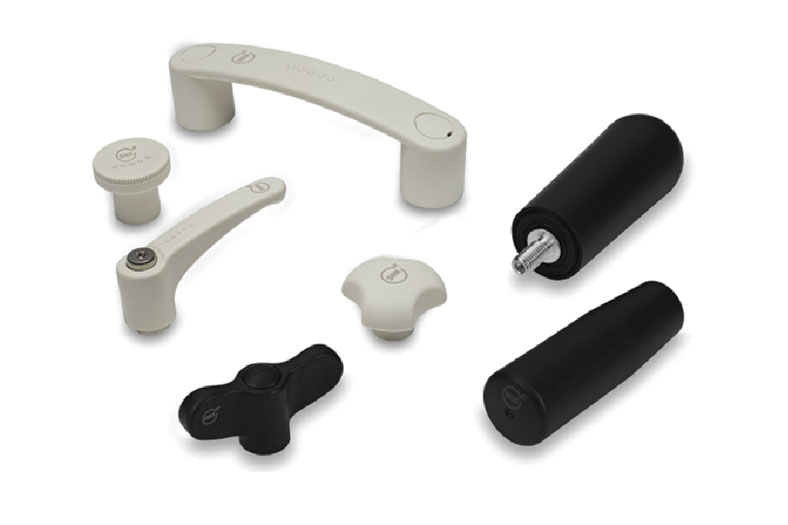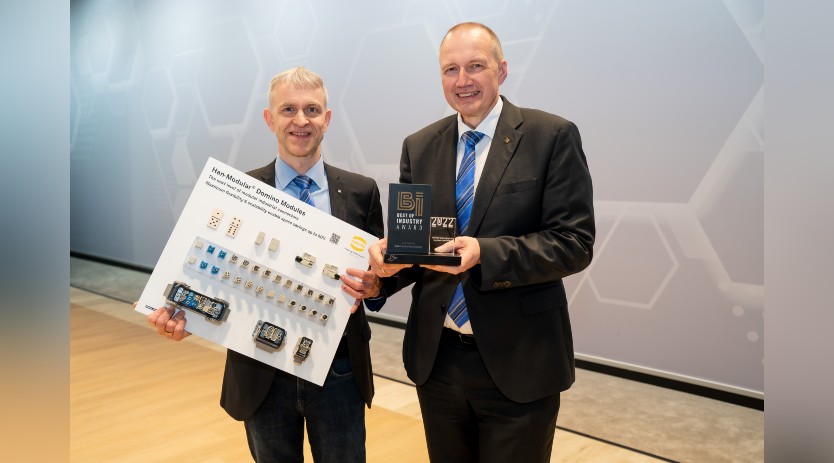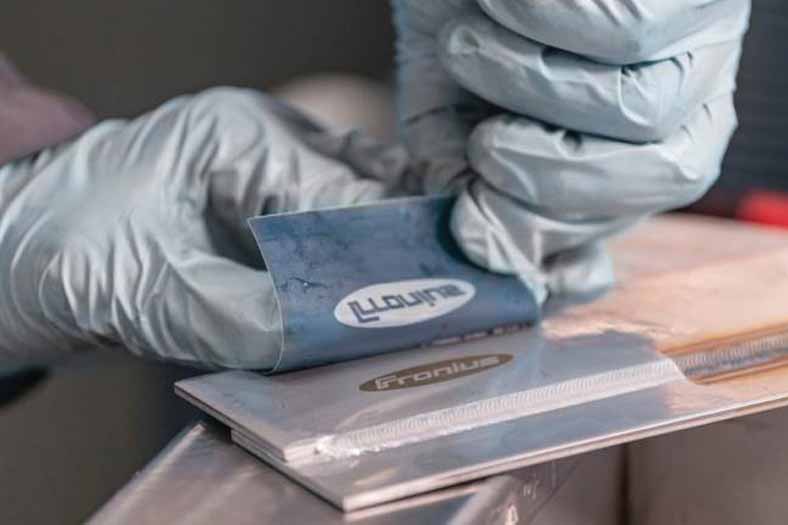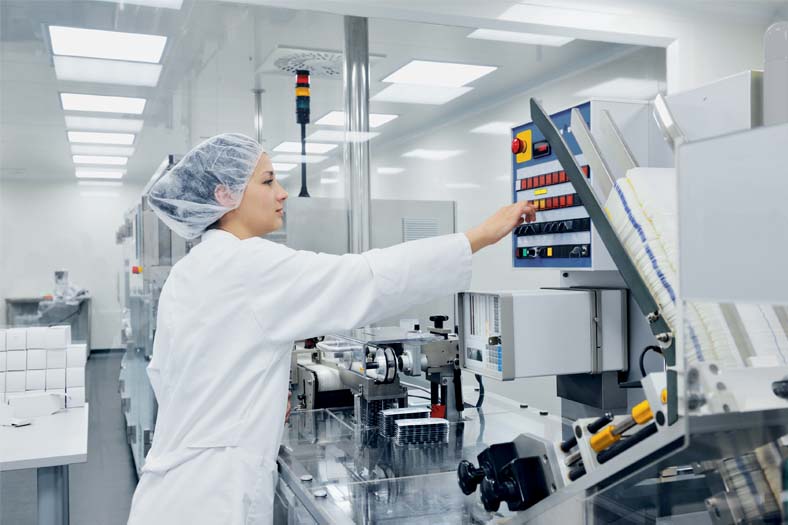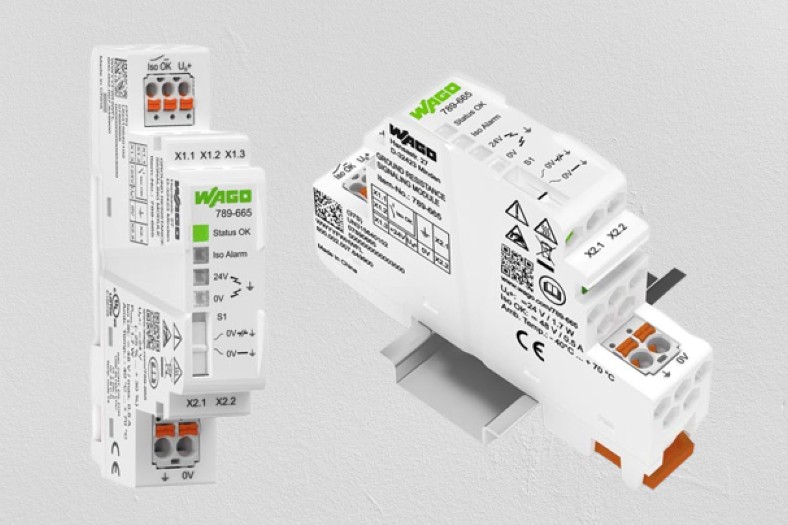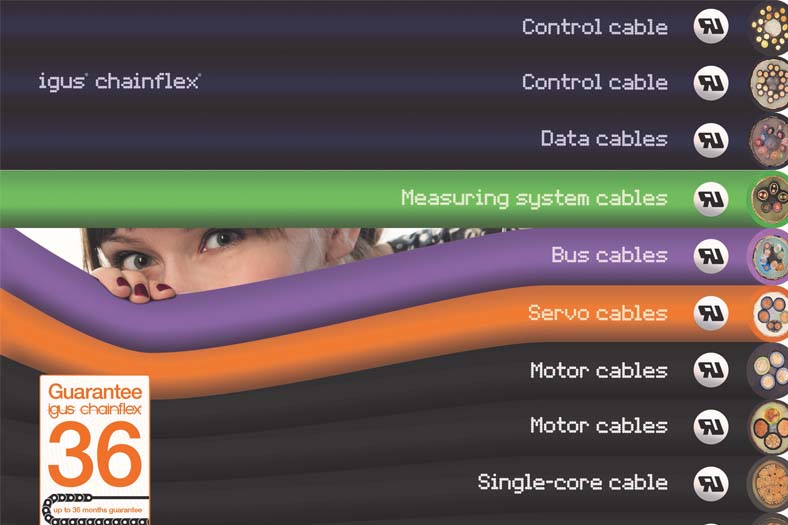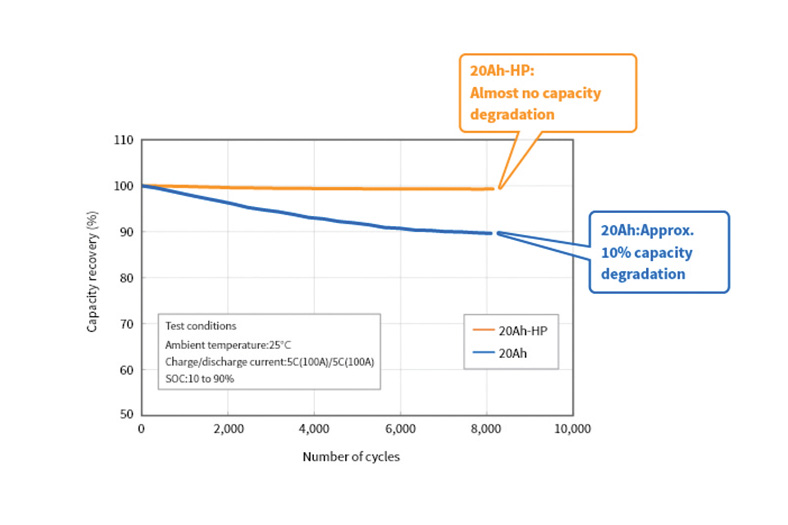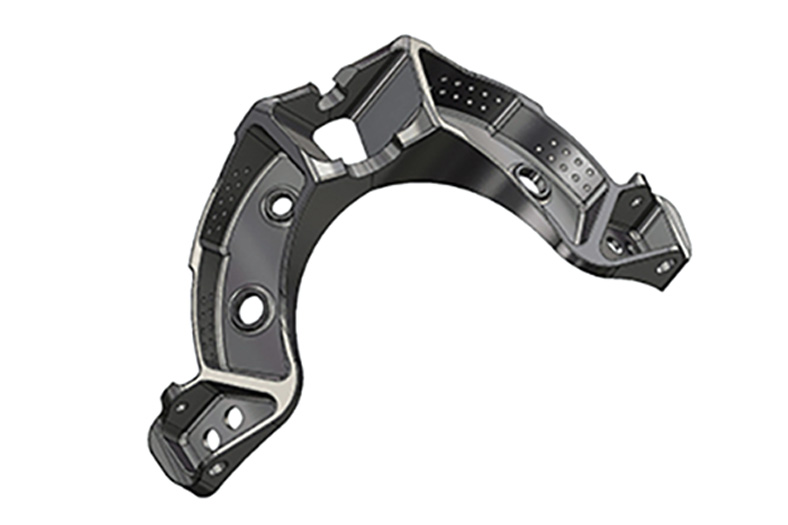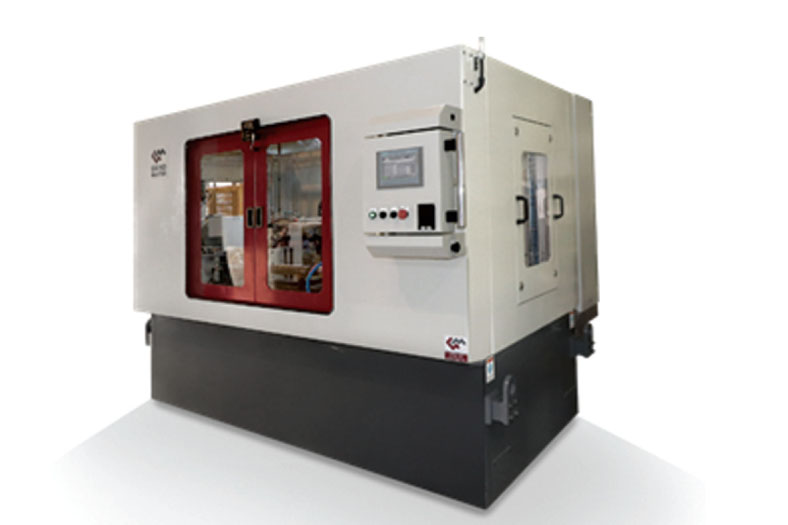SAN-Antimicrobial line: new technopolymer components
October 7, 2020 4:46 pm
Components in special technopolymer prevent the proliferation of microbes, bacteria and fungi on the surface of the product, avoiding their reproduction ensuring a perfect sanitizing action.
During the World Antibiotics Awareness week, 12-18 November 2019, promoted by the World Health Organisation (WHO), Animal Health and by the FAO, the 11thEdition of the European Antibiotic Day was celebrated to raise awareness of the importance of antibiotics and their appropriate use among the population and the healthcare profession.
According to WHO, antimicrobial resistance represents, today, one of the greatest threats to public health, due to the epidemiological and economic impact of the phenomenon. There are very high resistance rates especially for some of the main bacteria responsible for care-related infections and community infections, such as Clostridium difficile, Pseudomonas aeruginosa, methicillin-resistant Staphylococcus, Hetococci resistant to vancomycin, Acinetobacter baumannii, Escherichia Coli and Klebsiella pneumoniae.
Elesa+Ganter recently enlarged its SAN line with new components in technopolymer, with the aim to overcome a problem of great importance that countries around the world are facing: the danger of antibiotics resistance.
SAN products are available in technopolymer RAL 7021 grey-black or in the new RAL 9016 white colours. The laser-engraved logo is clearly recognisable on the matte surface.
The special technopolymer with silver ion additives on an inorganic base (without active pharmaceutical ingredients, antibiotics or pesticides) prevents the proliferation of unhealthy organisms such as microbes, bacteria and fungi by penetrating the surface of the cells, attacking their DNA. These components are ideal for medical, hospital, rehab and disability aids and equipment, machines for the pharmaceutical industry, street furniture and public fittings.
Laboratory tests show that 98.9 percent of the bacteria are eliminated over the course of 24 hours (ISO 22196: 2001).
The inalterability of the antimicrobial characteristics extended over time, even after many washing cycles, is made possible by the controlled mechanism of silver ions release over time.
Despite the scrupulous carrying-out of traditional sanitisation procedures, especially in public places, hospitals and long-term care facilities, where it is easier to contract infections, 5-30 percent of microbial contamination can persist on surfaces or objects. It is therefore important to provide prevention to reduce the possibility of contracting these infections in such environments. Starting, first of all, with hygiene and frequent hand washing, which represent the main vehicle for transmitting bacteria.
Other solutions could be: use antibiotics only when necessary, provide screening actions for carriers / patients potentially infected by bacteria or, when necessary isolate them and arrange the use of special materials able to kill bacteria for high frequency contact surfaces – such as bed sides, handles, tables and mixer taps – in hospital environments.
For more details,
visit: www.elesa-ganter.in
Cookie Consent
We use cookies to personalize your experience. By continuing to visit this website you agree to our Terms & Conditions, Privacy Policy and Cookie Policy.



